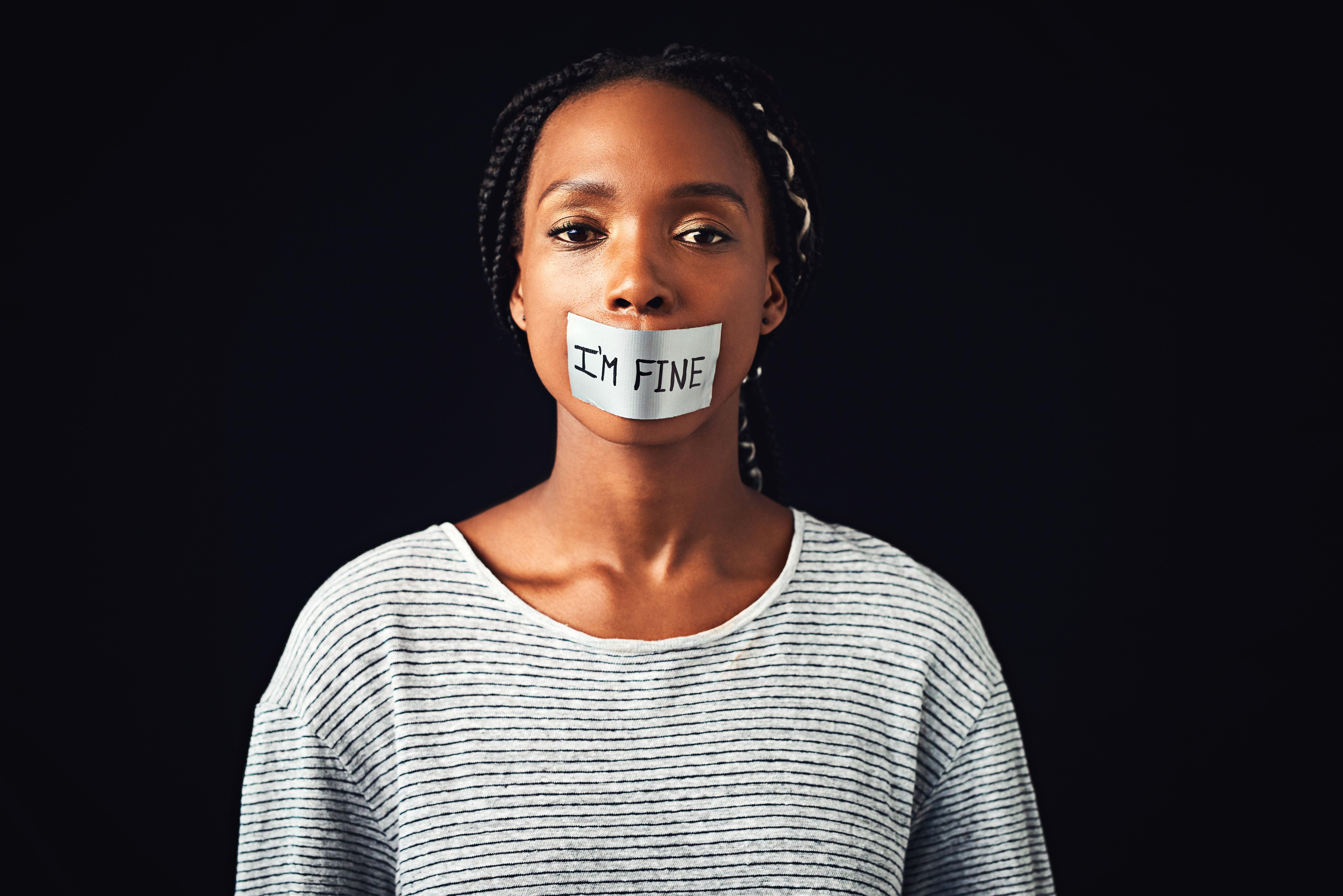A Mental Health Check-in for Your Team or Classroom

Leaders encourage, inspire, and according to author Simon Sinek and Korn Ferry CEO Gary Burnison, help their people “feel safe.” As COVID-19 has increased stress everywhere, our teams and students are struggling. Mitigating the potential “trauma, impacts on mental health, socioemotional distress, and changes in academic learning” (Arnold & Rennekamp, 2020) is paramount.
So how might we engage those we lead and teach, and help them think through the anxieties and stresses they are feeling today?
For about five years, I have done a classroom activity that provides a mental health check-in. This simple 15-30 minute exercise works with students and teams or can be modified for individual mentoring. It begins by asking “What’s your greatest worry?”
In pre-COVID days, students responded on 3x5 index cards which I collected, shuffled and read while sorting like-issues into stacks. Today, I use an app called “Poll Everywhere.” Students respond anonymously via smartphones. I then project the responses for everyone to see. As a class, we group like-issues into categories and use them for discussion themes in small groups (breakout rooms online).
In my earliest trials of this exercise, I regularly received a combination of serious and funny responses. Students wrote things like: “I’m afraid of spiders!” “Being eaten by a shark.” “Vampires!” But in my most recent trial (autumn 2020), I received no funny responses whatsoever. All were deep concerns: “Not doing well in my classes this semester” … “Staying safe” … “Getting COVID” … “Never being successful after college” … “Balancing my life” … “The future”.
When these responses were projected onscreen, we felt a visceral response — a collective quiet acknowledgement of the worries and stress. At this point, I could have commented, but I knew their responses would be better. So I put the students in small groups (physically distanced) and assigned each group a different topic from our like-issues. I then asked: “What would you tell a friend who shared these worries with you?”
Each time I do this experiment, my students provide peer advice that strengthens, encourages and provides hope. They have a remarkable ability to empathize and help each other.
But don’t stop there. Hearing students encourage each other is fantastic. But there’s more. After each group has shared, I follow up with this critical question: “Why did we do this exercise?”
This is the reflective learning piece. To this question, each year my students have responded quickly: “It showed us that we’re not alone.” “We’re not the only one worried about stuff.” “We can talk with friends and share our troubles.” Having them process, speak aloud and hear this final reflection matters. It brings the lesson full-circle.
Last year, I added a closing question to the activity. I restate that, yes, they have each other to lean on. And I encourage them to do so. Then, I shift gears and ask, “What brings you comfort?” The responses here are beautiful: “Family.” “Talking with friends about my worries.” “My dog.” “Music.” “Nature.” “My faith.” We then summarize and reiterate these responses to the comfort question.
Lastly, I assign homework:
“Acknowledge your concerns and worries. They are legitimate. Find someone to talk with when you need. But then, invest time reflecting on things that bring comfort. Life is good. You are not alone. We have each other. And we’ll get through all this… together.”
Our students and teams have a remarkable ability to solve problems and persevere. Their insights are brilliant. This exercise provides a means to give them voice, and it empowers them to self-reflect and practice peer mentoring.
It also gives us the opportunity to humbly listen and learn.
For further reading:
Burnison, Gary (November 23, 2020). “For this, we are grateful.” Korn Ferry Special Edition.
Sinek, Simon (2014). Why good leaders make you feel safe. TED2014.
Arnold, M. E, & Rennekamp, R. A. (2020). A Time Like No Other: 4-H Youth Development and COVID-19. Journal of Extension, 58(3), Article v58-3comm1.